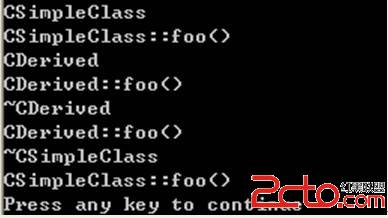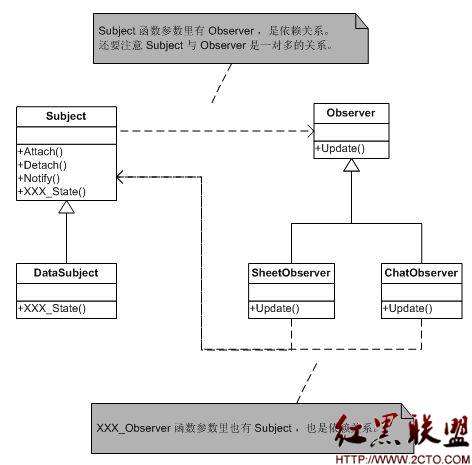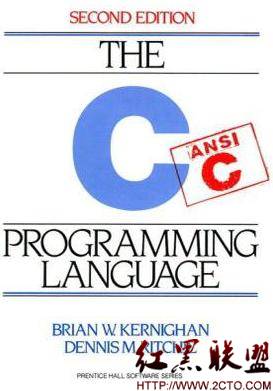[LeetCode] Distinct Subsequences
Given a string S and a string T, count the number of distinct subsequences of T in S.
A subsequence of a string is a new string which is formed from the original string by deleting some (can be none) of the characters without disturbing the relative positions of the remaining characters. (ie, "ACE" is a subsequence of"ABCDE" while "AEC" is not).
Here is an example:
S = "rabbbit", T = "rabbit"
Return 3.
1. 递归比较,超时!!!
[cpp]
class Solution {
public:
int numDistinct(string S, string T) {
// Start typing your C/C++ solution below
// DO NOT write int main() function
int result=0;
match(S,T,-1,-1,result);
return result;
}
void match(string S, string T, int lastS, int lastT, int &result)
{
if(lastT==T.length()-1)
{
result++;
return;
}
for(int i=lastS+1;i<S.length();i++)
{
if(T[lastT+1]==S[i])
{
match(S,T,i,lastT+1,result);
}
}
}
};
class Solution {
public:
int numDistinct(string S, string T) {
// Start typing your C/C++ solution below
// DO NOT write int main() function
int result=0;
match(S,T,-1,-1,result);
return result;
}
void match(string S, string T, int lastS, int lastT, int &result)
{
if(lastT==T.length()-1)
{
result++;
return;
}
for(int i=lastS+1;i<S.length();i++)
{
if(T[lastT+1]==S[i])
{
match(S,T,i,lastT+1,result);
}
}
}
};
2. dynamic programming:
t[i][j]=the number of distinct subsequences of string T of length i in string S of length j. So finally the program returns t[t.length][s.length]
If T[i]!=S[j], then t[i][j]=the number of distinct subsequences of string T of length i in string S of length j-1=t[i][j-1] (the left item in the matrix)
If T[i]==S[j], then t[i][j]=the number of distinct subsequences of string T of length i in string S of length j-1 + the number of distinct subsequences of string T of length i-1 in string S of length j-1 = t[i][j-1] + t[i-1][j-1] (the left item in the matrix+the left up item)
[cpp]
class Solution {
public:
int numDistinct(string S, string T) {
// Start typing your C/C++ solution below
// DO NOT write int main() function
vector<vector<int>> t(T.length()+1,vector<int>(S.length()+1));
for(int i=0;i<=T.length();i++) t[i][0]=0;
for(int i=0;i<=S.length();i++) t[0][i]=0;
for(int i=1;i<=S.length();i++)
{
if(T[0]==S[i-1])
t[1][i]=t[1][i-1]+1;
else
t[1][i]=t[1][i-1];
}
for(int i=2;i<=T.length();i++)
{
for(int j=1; j<=S.length();j++)
{
if(T[i-1]==S[j-1])
t[i][j]=t[i-1][j-1]+t[i][j-1];
else
t[i][j]=t[i][j-1];
}
}
return t[T.length()][S.length()];
}
};
class Solution {
public:
int numDistinct(string S, string T) {
// Start typing your C/C++ solution below
// DO NOT write int main() function
vector<vector<int>> t(T.length()+1,vector<int>(S.length()+1));
&n
补充:软件开发 , C++ ,




